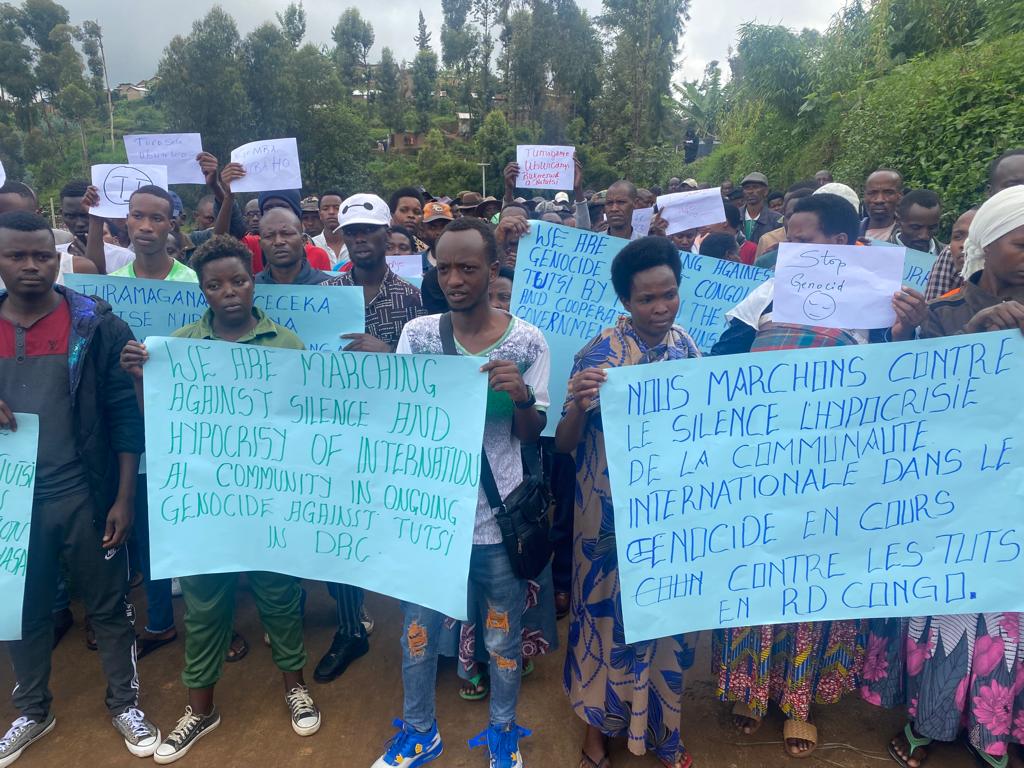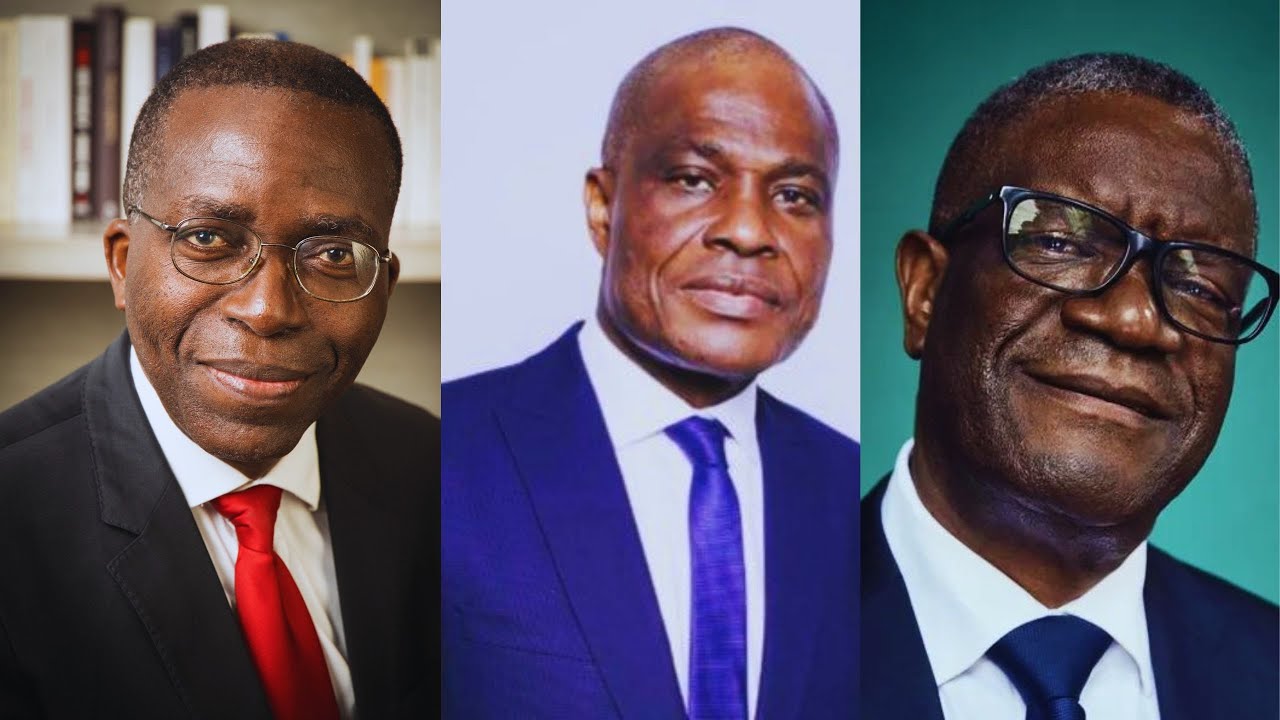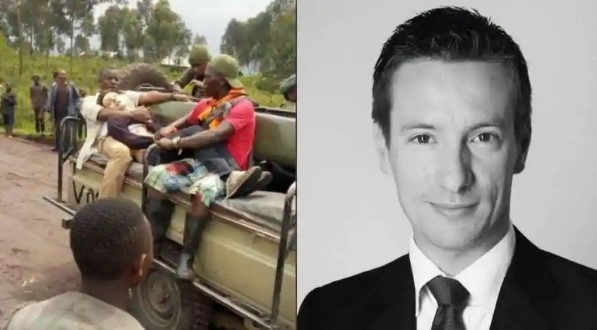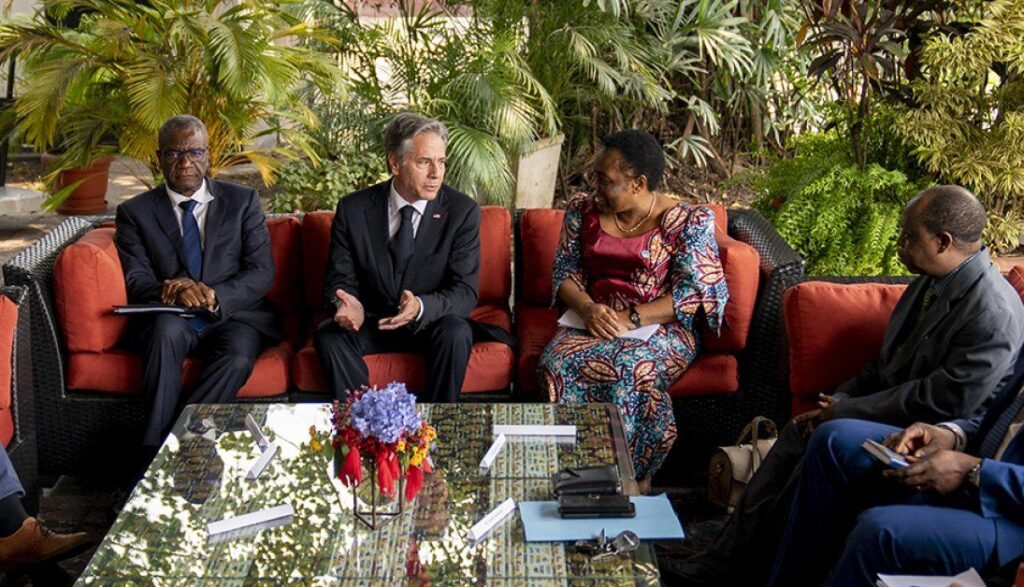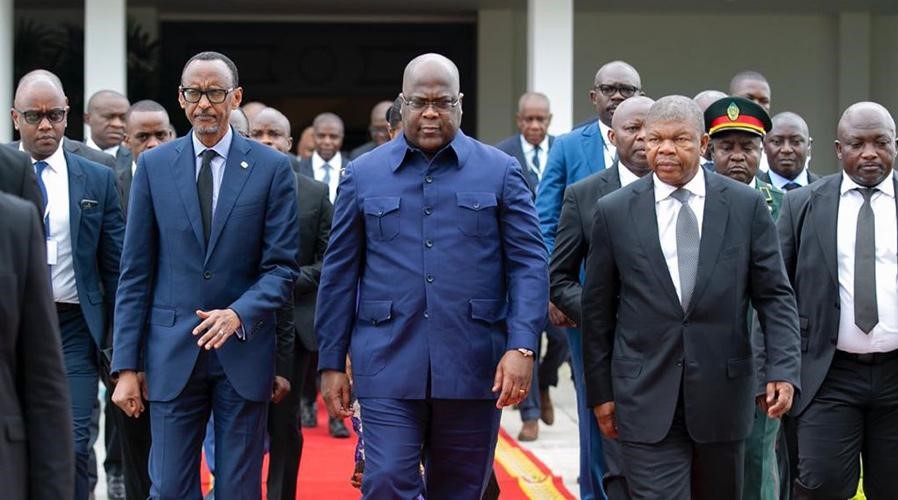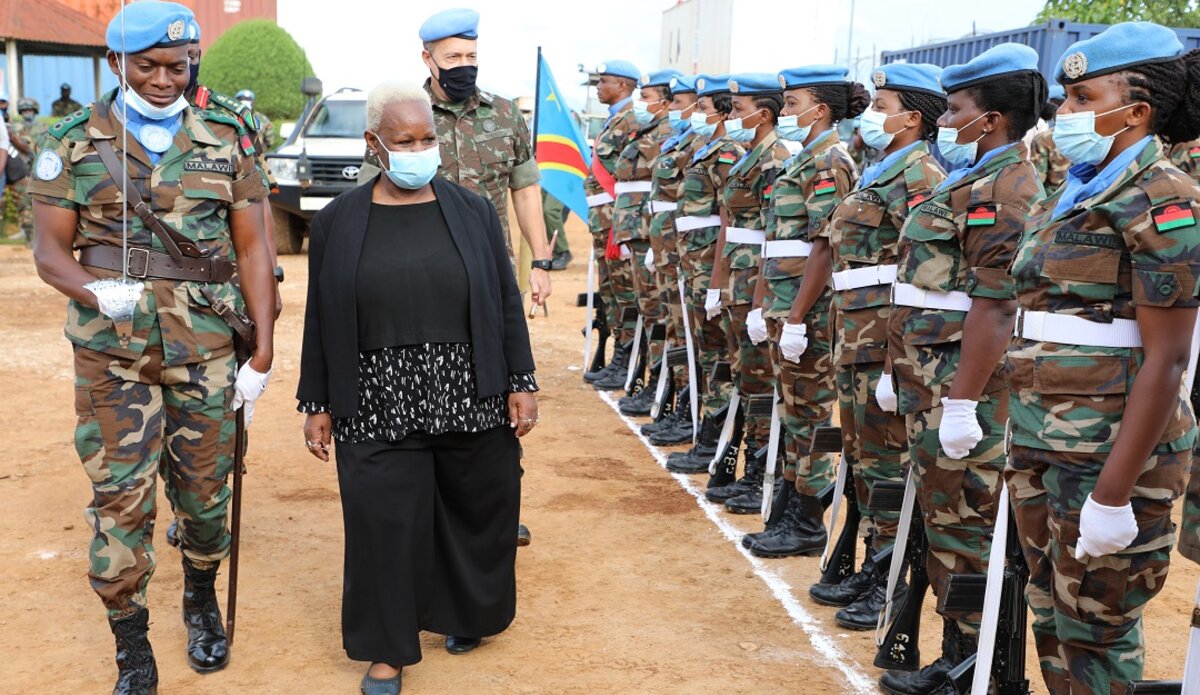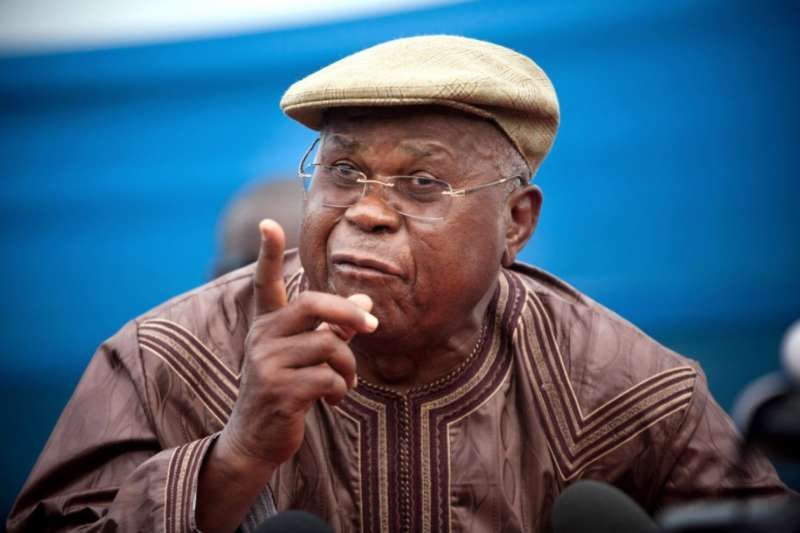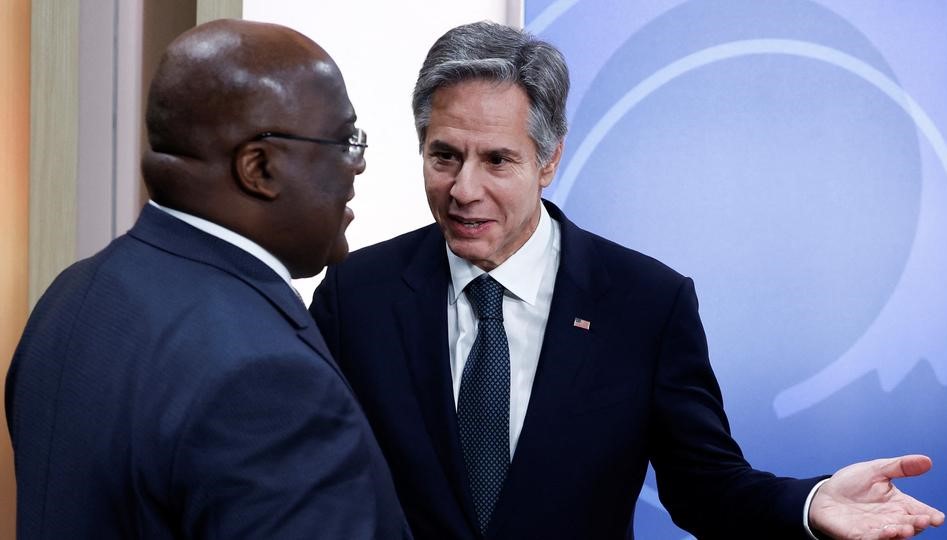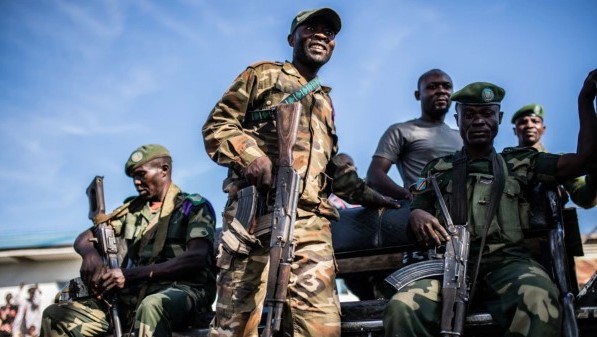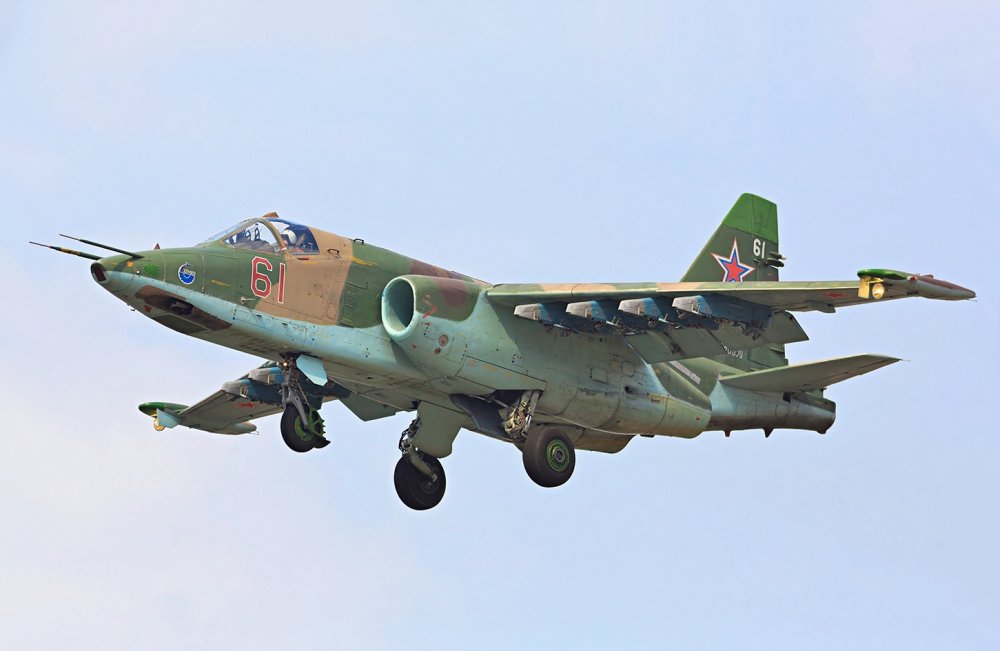Regional
DRC: Why genocide ideology is not dissolving
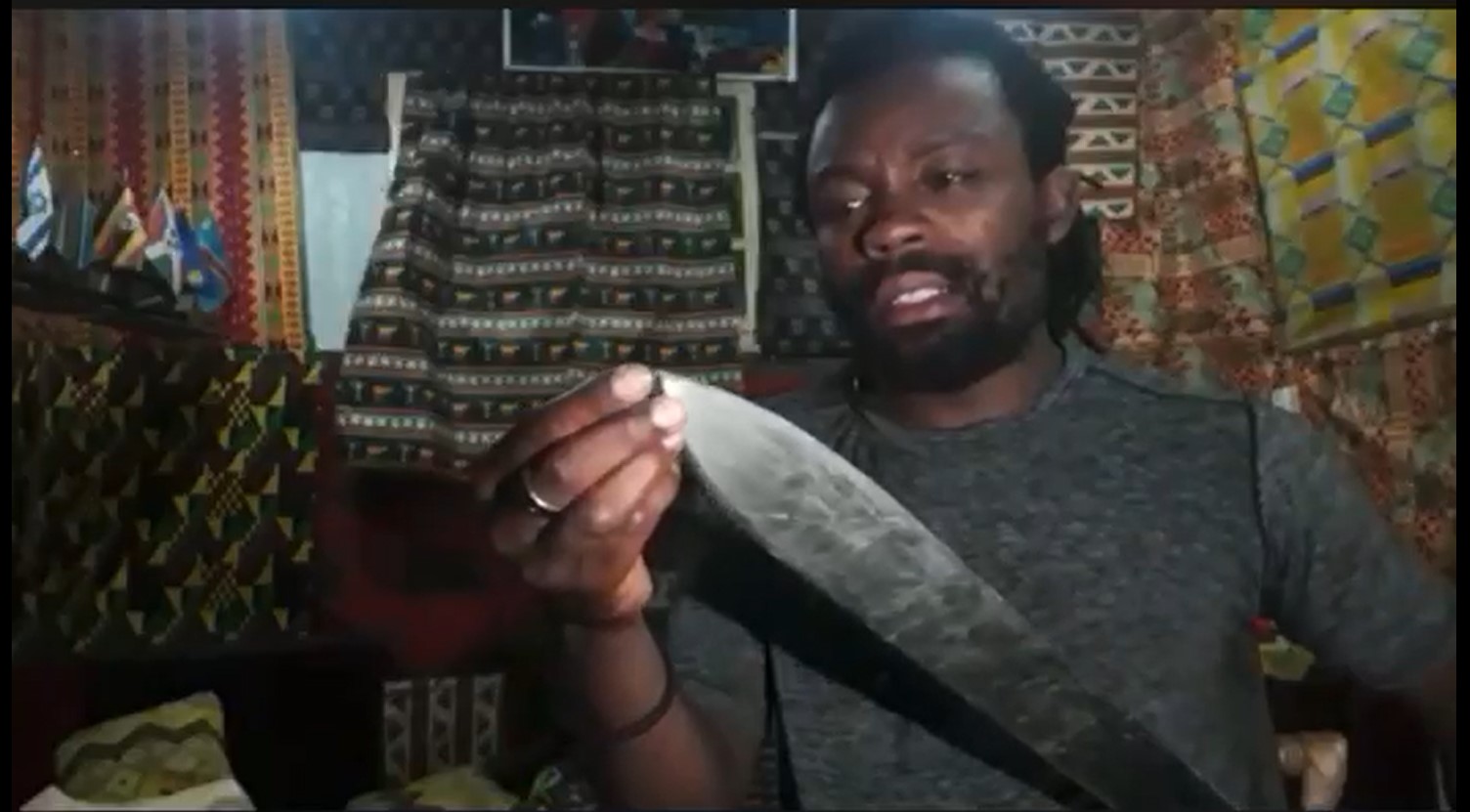
Twenty-nine years ago, in Rwanda, genocide ideology resulted in the genocide against
the Tutsi. It was 49 years after the United Nations approved the Convention on
the Prevention and Punishment of the Crime of Genocide – a treaty born out of
the fervent desire to ensure that “never again” would any person face the
horror of genocide after what happened to the Jews in 1945.
Today,
in Democratic Republic of Congo, history is repeating itself. Congolese Tutsi
are being discriminated, tortured and killed, the same way it happened to
Rwandan Tutsi from 1990 through 1994.
But why
is genocide ideology not dissolving in DRC? The DRC welcomed and gave a safe haven to
Rwandan génocidaires following the defeat of their genocidal regime in
1994. Dictator Mobutu Sese Seko opened doors for the defeated Rwandan genocidal
government army and Interahamwe militia to continue their murderous agenda of
spreading the anti-Tutsi propaganda in his country as they plotted a return to
Rwanda.
Apart
from forming a terrorist group, FDLR, aiming at finishing off the ‘uncompleted
genocide’, they mingled with the then peace-loving Congolese population, and
slowly injected them with their genocide ideology.
The génocidaires’
offspring absorbed the genocide ideology from their parents and are the ones in
the first line to spread the anti-Tutsi hate speech. The international
community ignored the seriousness of FLDR’s anti-Tutsi propaganda.
Allowing
FDLR to flourish in DRC is moistening their genocide ideology which is directly
impacting the Congolese Tutsi community. The genocidal militia’s presence in
DRC is a threat not only to the host country but also to the whole Great Lakes region.
Kigali wants them denied room for maneuver but Kinshasa keeps protecting and
empowering them as they continue spreading their genocidal agenda.
Kinshasa
is reluctant to taking serious actions against this genocide ideology as it is
a good card for the Congolese government’s scapegoat strategy.
An
anthropological philosopher, René Girard, in his Scapegoat Mechanism theory,
explained that humans evolved a tendency, when faced with a crisis, to
spontaneously imitate each other in blaming, or scapegoating, arbitrarily
selected individuals or groups.
The Congolese
Tutsi are victimized and are being blamed for the insecurity in the eastern part
of their country as if they are the ones who created the more than 130 armed groups
operating in DRC.
Kinshasa’s
failure to secure the region was attributed to the presence of the Kinyarwanda speaking
community, to the extent that every politician who wants to gain fame from
Congolese, promoted an anti-Tutsi rhetoric.
Martin
Fayulu, DRC’s opposition leader, has constantly denied that the Banyamulenge
exist as a Congolese community. He says they must return to their “home
country” (Rwanda) because they speak Kinyarwanda. He has repeated this claim in
public conferences in DRC, Brussels, Paris, Quebec and Montreal. DRC parliament
speaker, Christophe Mboso, also told a Rwandophone MP, Moise Nyarugabo, to
“shut up and go back to his home country.”
There
are minimal chances that genocide ideology will dissolve in DRC, as long as the
country continues to support genocidal militia.


